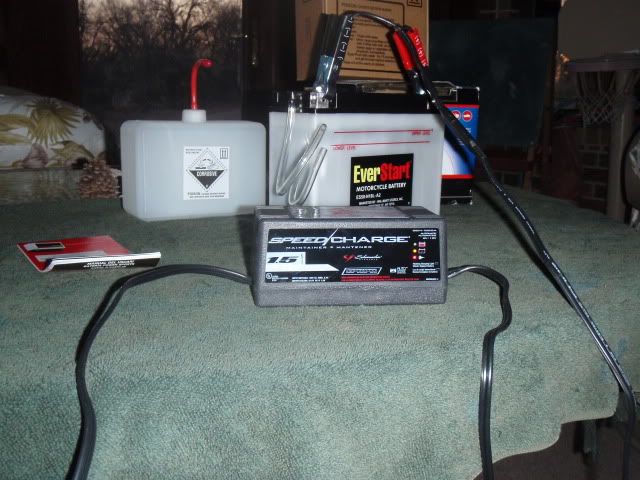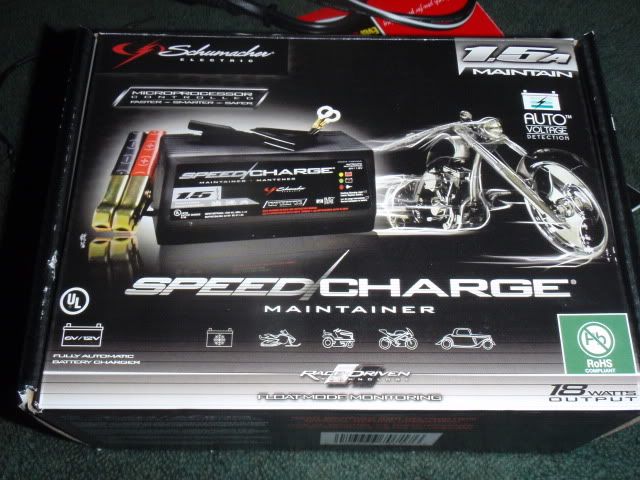OK so your getting a new battery and you will be adding the fluid yourself. It's easy enough to do just be clean and CAREFUL with that stuff. Make sure you CHARGE this new battery. The last battery I bought the lad at the counter told me to just fill it and put in in the bike and away I go. WRONG. The instructions say clearly that the battery MUST be charged before it is put into use or SHORT battery life will result. Read the instruction and follow them. Given that the XS1100 does not have a real good charging system do not count on the bike putting that starting charge on the battery. My battery that I did nto charge before putting it into use is 2 years old and will not longer accept a charge... it is TOAST.
Rob
Rob
 You guys aren't going to believe this...The referees in the replay booth have reviewed the tapes and the ruling on the field is REVERSED
You guys aren't going to believe this...The referees in the replay booth have reviewed the tapes and the ruling on the field is REVERSED 
 Anyway, I'm now only out $56 and should know within a couple of days what the next bottle neck is
Anyway, I'm now only out $56 and should know within a couple of days what the next bottle neck is 




 Makes things real simple...just hook it up and let it do its thing. It charges at 1.5A untill fully charged, then goes into maintenance mode. If the voltage drops too low it starts charging again. These have been around for a while, but the first time I've used one. Only cost $20...what the what have I been thinking using my old 20 year old bulk charger all this time and worrying about leaving it on too long
Makes things real simple...just hook it up and let it do its thing. It charges at 1.5A untill fully charged, then goes into maintenance mode. If the voltage drops too low it starts charging again. These have been around for a while, but the first time I've used one. Only cost $20...what the what have I been thinking using my old 20 year old bulk charger all this time and worrying about leaving it on too long 


Comment